Purple by Stone Temple Pilots
Buy Purple Stone Temple Pilots reached their peak early in their career with the release of Purple in 1994. This second album builds off the sounds forged on the band’s 1992 debut album […]

Buy Purple Stone Temple Pilots reached their peak early in their career with the release of Purple in 1994. This second album builds off the sounds forged on the band’s 1992 debut album […]

Buy Psychotic Supper Out of the deluge of “hair bands” that populated the rock scene in the late 1980s, Tesla was, perhaps, the most talented and interesting. The band composed songs which were […]
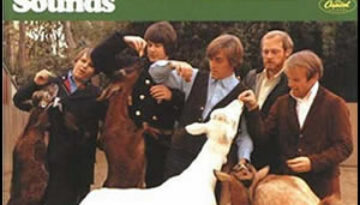
Buy Pet Sounds To this day, The Beach Boys remain the most commercially successful American rock band with 36 Top 40 hits. Most of these hits were scored between 1962 and 1965, when […]
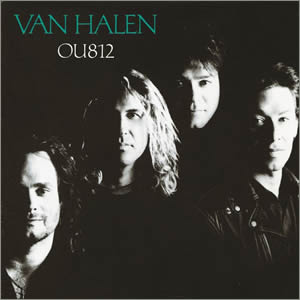
Buy OU812 Following the success of the group’s first #1 album, 5150 (as well as the mammoth tour which followed), Van Halen scored similar success with the followed-up OU812 in 1988. These were […]
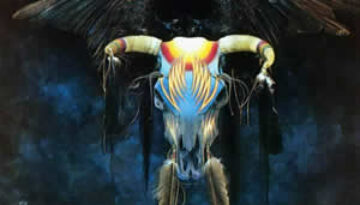
Buy One of These Nights A very diverse record which proved to be The Eagles major breakthrough album, One of These Nights, presents the band at a junction between their country/rock past and pop/rock […]
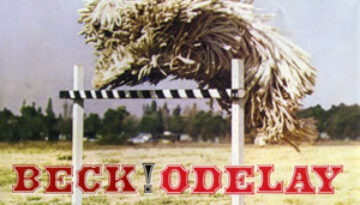
Buy Odelay Odelay is a rich sonic tapestry which incorporates elements of grunge, punk, folk, country, blues, rap and other elements, including a heavy use of sampling from established songs. The album was […]
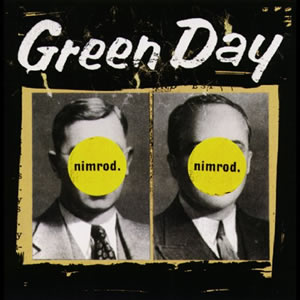
Buy Nimrod Nimrod is the 1997 fifth studio release by Green Day. Here, the group expanded their style and sound by adding some subtle orchestration and by blending some diverse sub-genres with their […]
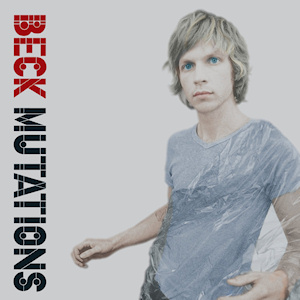
Buy Mutations For his sixth studio album, Beck and company decided to move in a decidedly non-commercial direction. The result is the lo-fi, psychedelic-oriented potpourri of Mutations. Released in late 1998, the songs on […]
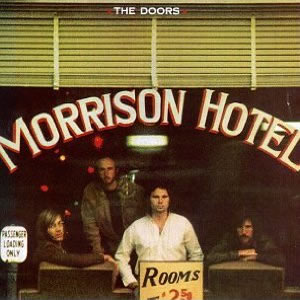
Buy Morrison Hotel Although its actual title has long been in dispute, Morrison Hotel turns out to be an aptly named album by The Doors. Lead vocalist Jim Morrison was involved in composing […]
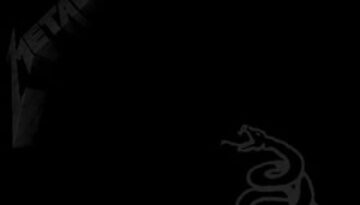
Buy Metallica After four studio albums and ever-building popularity in the 1980s, heavy metal band Metallica felt they were poised for their artistic breakthrough. During the summer of 1990, the band got together […]